Cost estimation tools help you accurately estimate costs in project management. Also known as project estimation tools, they serve many purposes. For example, a business will use cost estimation tools to quote the correct price when bidding for a project.
You may use the cost estimation process during the project execution as changes occur, and you will probably repeat the process when needed.
In today’s blog post, I will discuss a few project cost estimation tools that can help you pinpoint the cost of project activities.
Let’s get started.
Cost Estimation Tools
Before discussing the estimating technique, let us quickly look at the cost estimation process.
The US GAO defines cost estimation as “the summation of individual cost elements, using established methods and valid data, to estimate the future costs of a program, based on what is known today.”
The PMBOK Guide defines the cost estimation process as “the process of developing an approximation of the cost of resources needed to complete project work.” More simply, cost estimation is the process of forecasting the project’s cost with a defined scope.
On the surface, this process looks daunting, but several techniques help you accomplish this task easily. Once you understand them, you can estimate project costs accurately.
The project cost includes the resources and contingency reserve. To calculate resource/project costs, you can use four tools:
- Analogous Estimating
- Parametric Estimating
- Three-Points Estimating
- Bottom-up Estimating
Among all the options, analogous estimation is the least accurate, and bottom-up estimating is the most precise.
There is a difference between this process and the estimate activity duration process; however, both use the same tools for estimation. One applies to cost and the other to duration.
Analogous Estimating
Project managers use this estimation technique when limited project information is available. This estimation tool does not provide a reliable estimation; however, it does provide two benefits: quick results and less effort.
With the analogous tool, you estimate the cost of the project by comparing it with any similar project in the past. You will first investigate the organization’s historical records, then use your expertise and informed judgment to find your project’s cost estimate.
If your organization has completed many similar projects, you will select the one most closely resembles your current project. Armed with this research, you will then draw a parallel between current and past projects and adjust the project costs accordingly.
The estimate can be accurate if the similarity is high and the estimators are subject experts.
Analogous estimating is also known as top-down estimating.
Key points:
- This is the fastest but least accurate technique.
- This technique is useful when you have fewer details and limited time.
Parametric Estimating
Like analogous estimating, parametric estimation uses historical data to calculate cost; however, it relies on statistical data, taking variables from similar projects and applying them to the current one.
For example, you would take the cost of concrete per cubic meter from your past projects, find the quantity of concrete for the current project, and multiply them together. This will give you the total cost of concrete for your project.
Similarly, you can calculate the cost of other parameters: human resources, materials, equipment, etc.
Because it relies on statistical data, parametric estimation is more accurate than analogous estimation.
Key Points:
- This uses the statistical relationship between historical data and variables.
- This technique is more accurate than analogous estimation.
Three-Points Estimating
The three-points estimate technique helps reduce biases and uncertainties while estimating potential costs. Here, you determine three estimates instead of one and then take their average to reduce the uncertainties, risks, and biases.
Two commonly used three-point estimates are beta and triangular.
PERT (Program Evaluation and Review Technique) is based on the beta distribution.
The PERT estimate formula is:
Ce = (Co + 4Cm + Cp) / 6
Where Ce = Expected Cost
Cm is the Most Likely Cost. It considers a typical project where everything goes as planned. Cp is the Pessimistic Cost, where almost everything goes wrong. Co is the Optimistic Cost, where everything goes better than presumed.
The triangular estimate formula is:
Ce = (Co + Cm + Cp) / 3
This estimation technique minimizes a biased interpretation of the data.
Key Points:
- This technique reduces bias, risk, and uncertainty from the estimation.
- It is more accurate than analogous and parametric estimating techniques.
Bottom-up Estimating
The bottom-up estimating technique is also called the “definitive technique.” This is the most accurate cost estimation tool but it consumes time and resources. Here, you will calculate the cost of every single activity with the highest level of detail and roll them up to calculate the total project cost. This technique provides accuracy from -5% to 10%.
Simply put, you will break the project work into its smallest components. Then, you will estimate the cost of each component and aggregate it to get the project cost estimate.
Key Points:
- This is the most accurate cost estimation technique and provides reliable results.
- You can use this cost management tool when you have all the project details.
- This technique is costly and time-consuming.
Cost estimation is an iterative process that can be repeated at different stages of the project life cycle as defined in the cost management plan. This process helps you establish the cost baseline.
You should choose a cost estimating tool that fits your project’s requirements A flawed estimation will result in costly mistakes, and you might have to complete the project out of pocket. This is disastrous for your project and undermines the credibility of your organization.
Summary
All project estimation tools discussed above are helpful when used appropriately. As you conduct a feasibility study, you may require an analogous cost estimation tool, but when building the budget, you must use the bottom-up cost estimating technique.
It is important to note that the more accurate the method, the more costly and time-consuming it becomes. You will use the estimation technique best suited to your situation. It is not always advisable to use bottom-up estimating when you are short on time or resources.
This topic is important from a PMP exam point of view, so ensure you understand it thoroughly.
Please share your experience with using these cost estimation tools in your project through the comments section.

I am Mohammad Fahad Usmani, B.E. PMP, PMI-RMP. I have been blogging on project management topics since 2011. To date, thousands of professionals have passed the PMP exam using my resources.

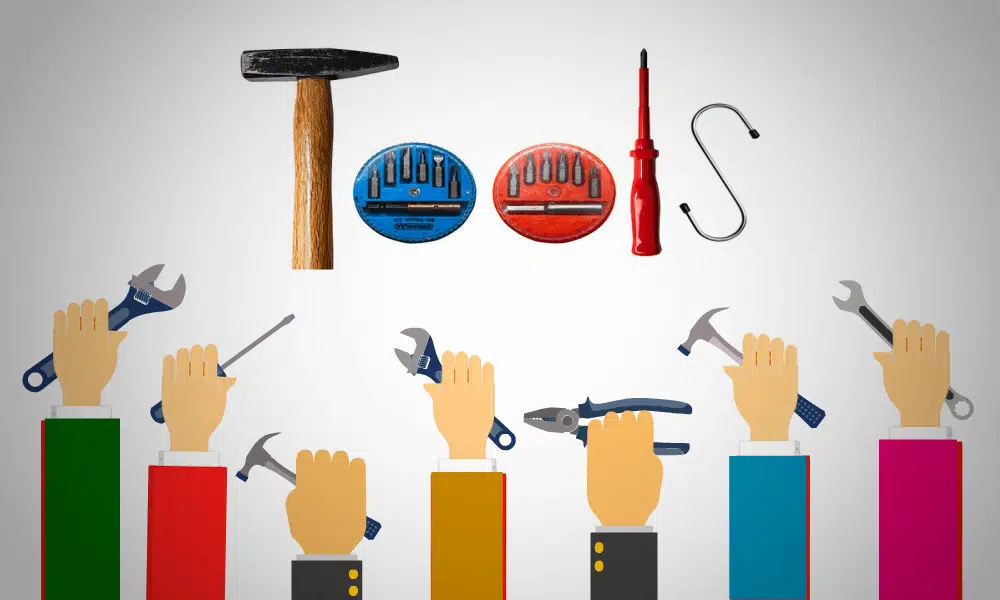
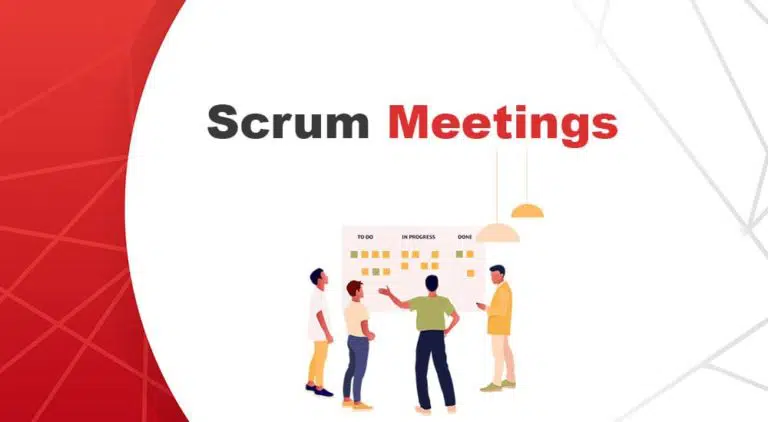

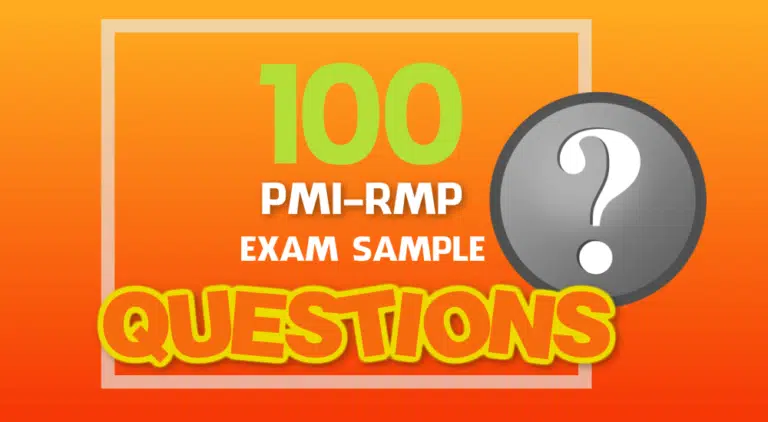
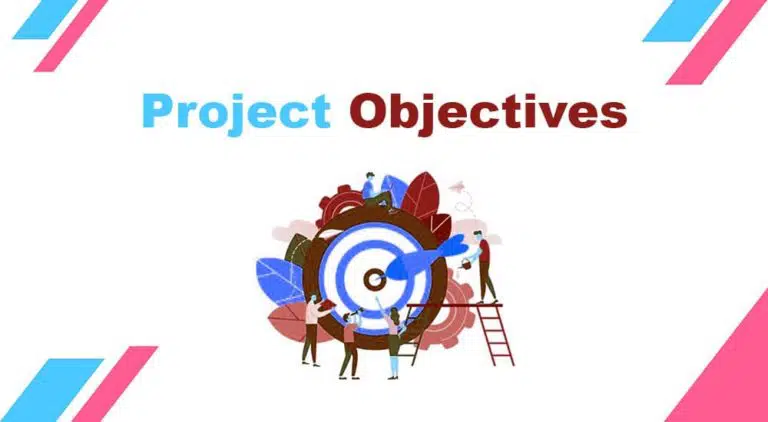

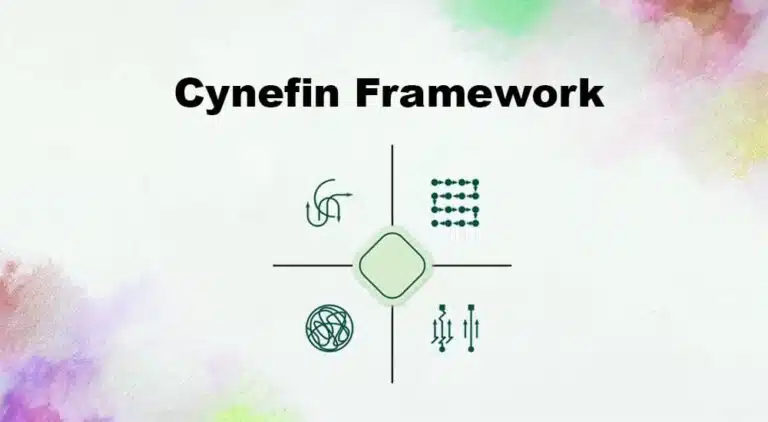
Hello, Do you, or anyone you know, build parametric estimating tools for businesses? I am looking for a vendor.